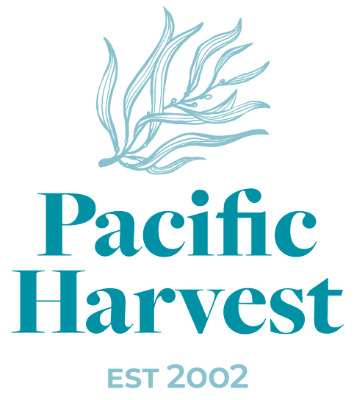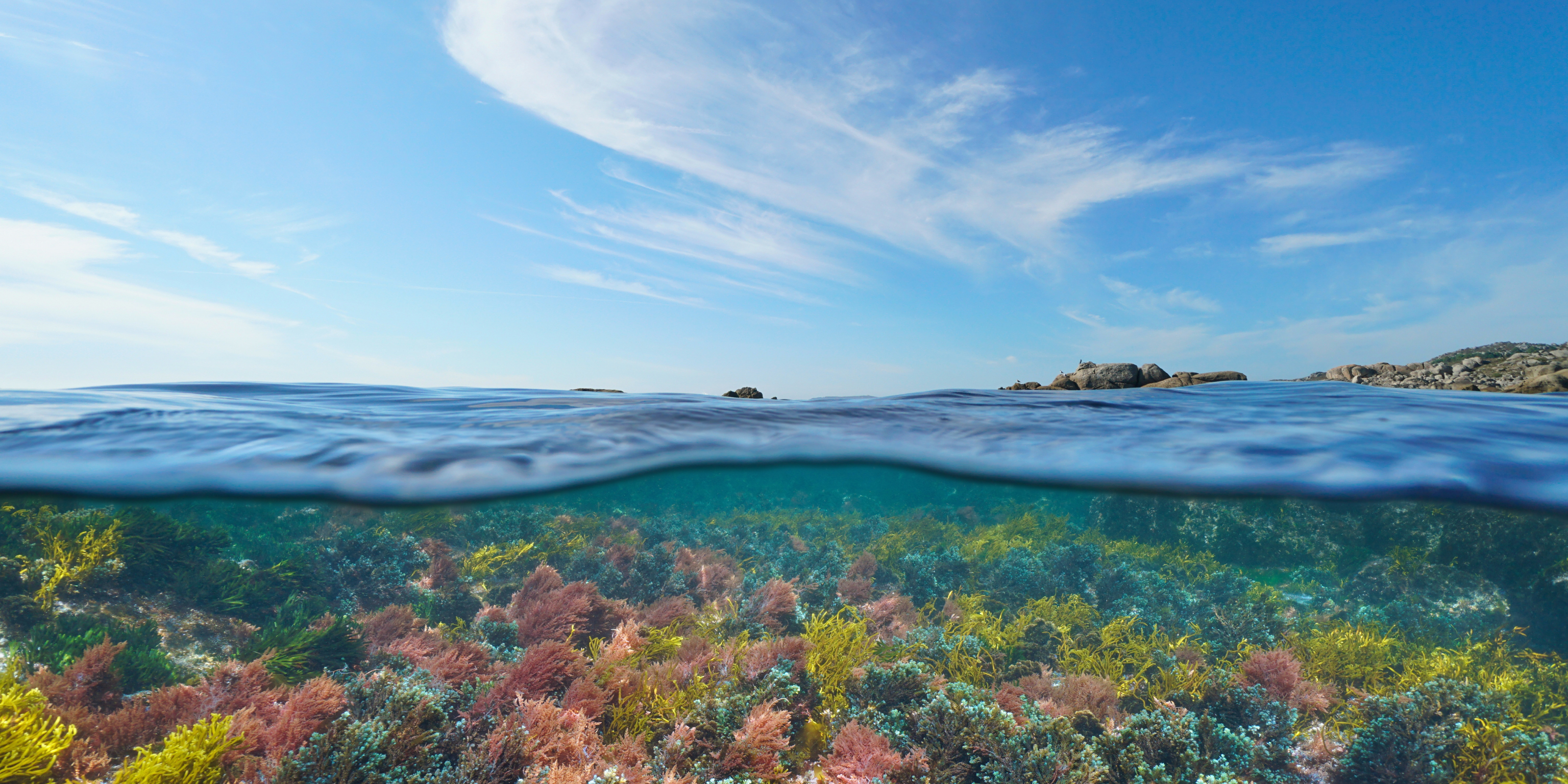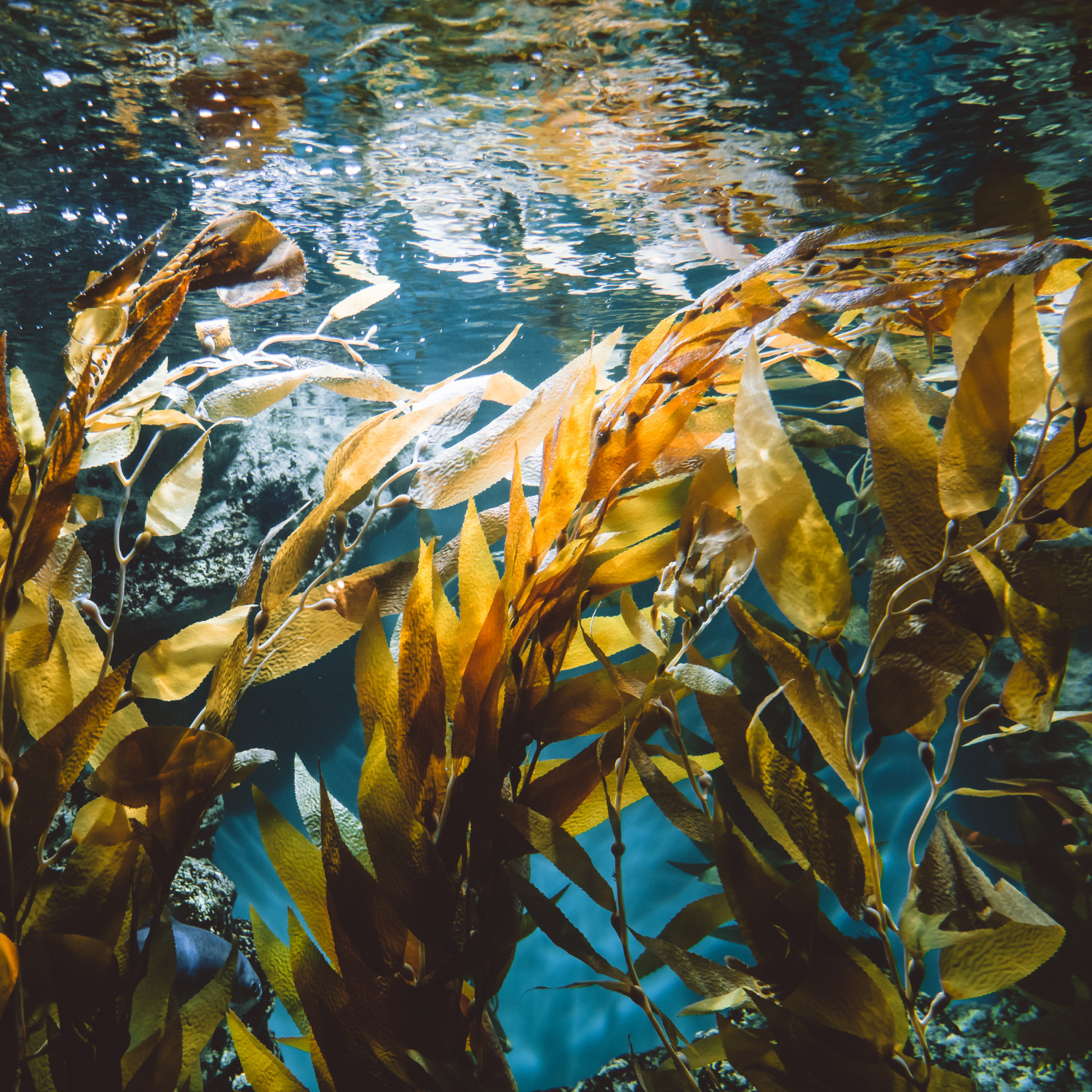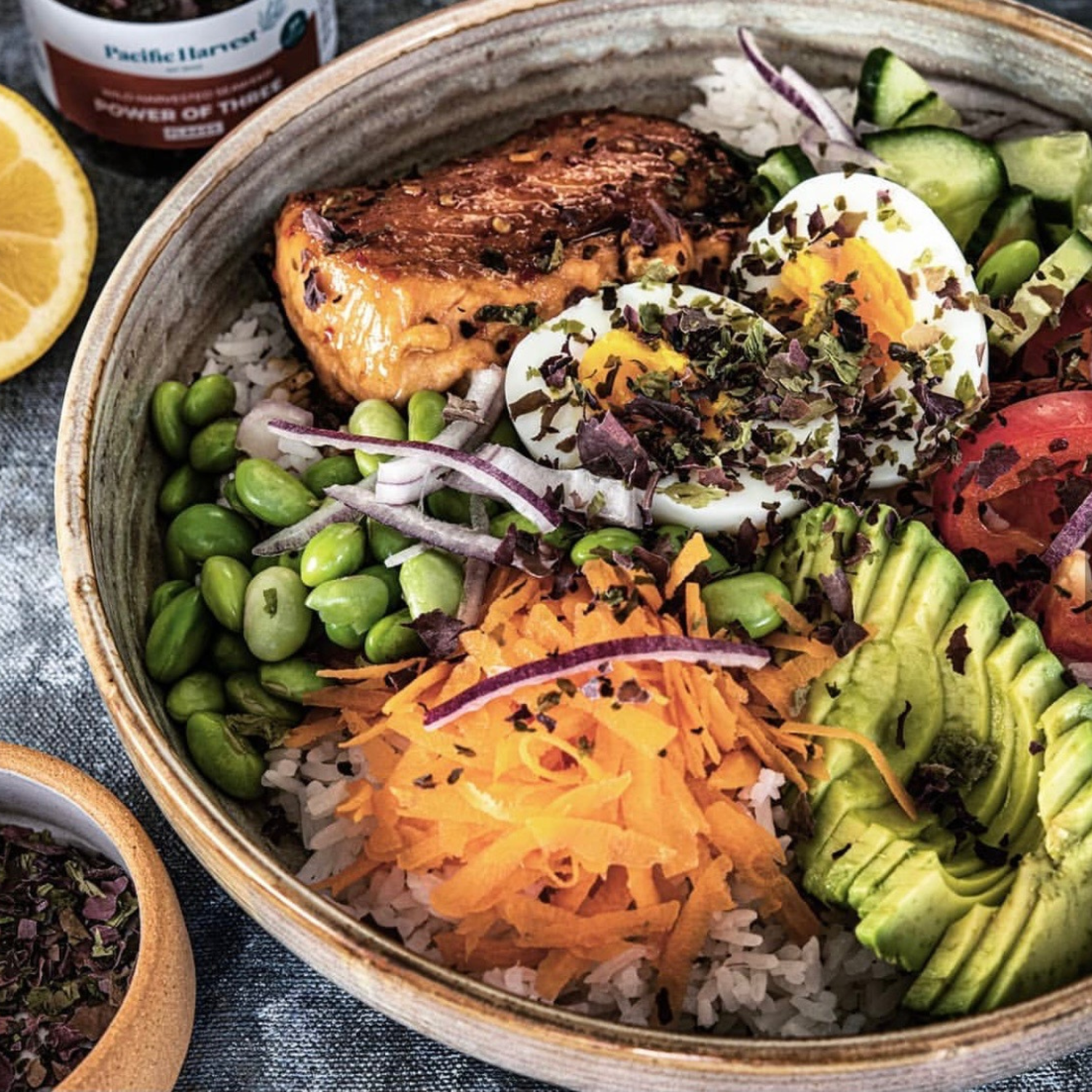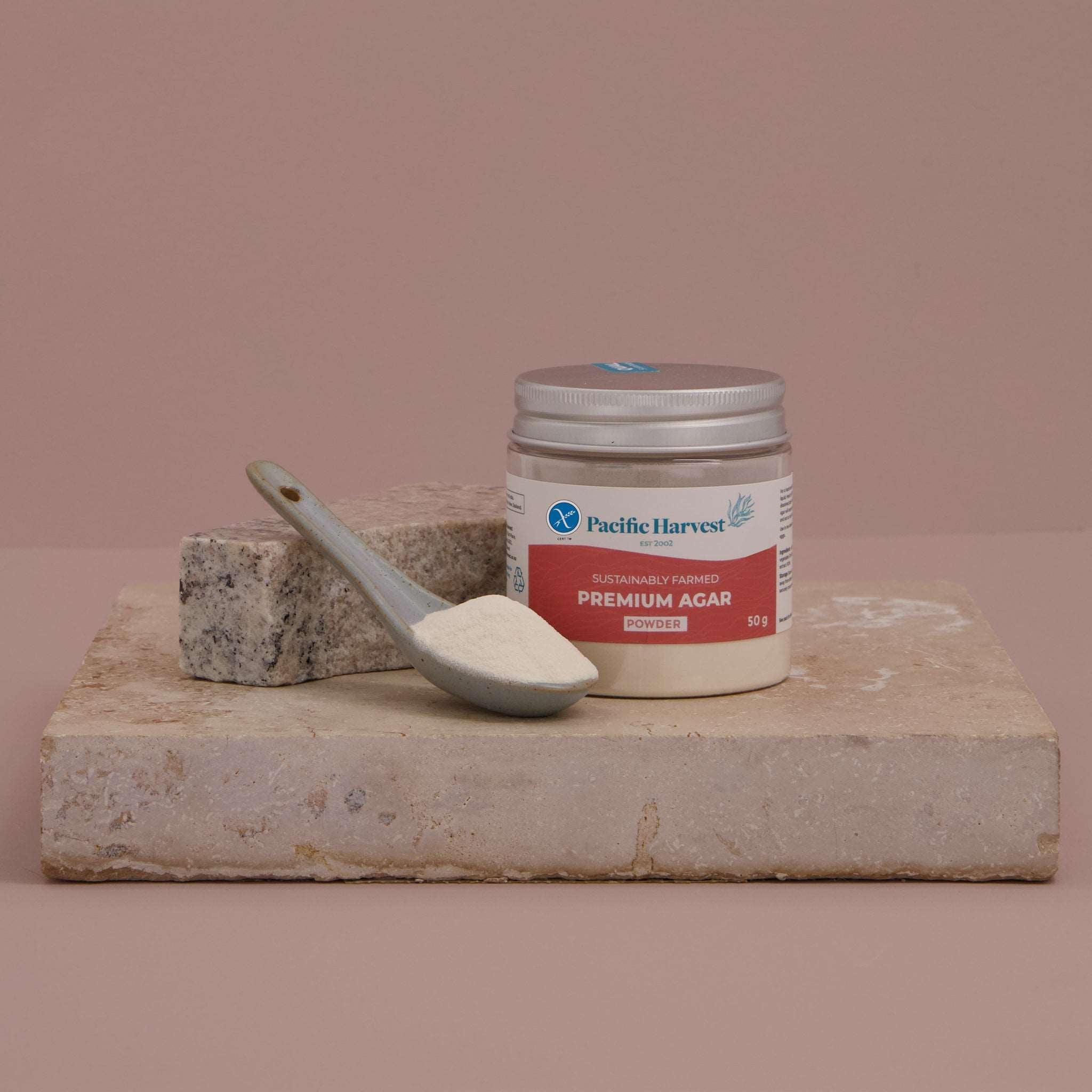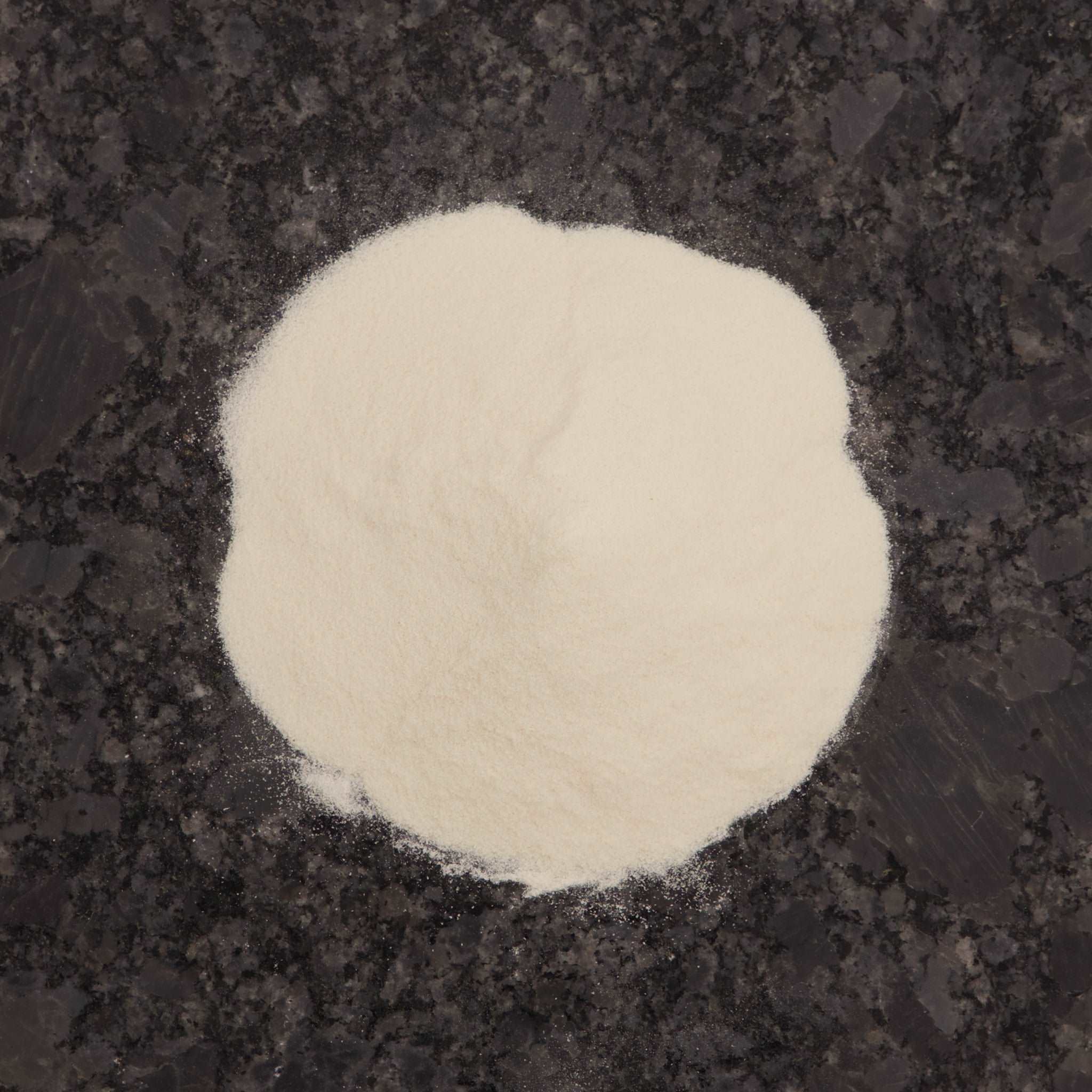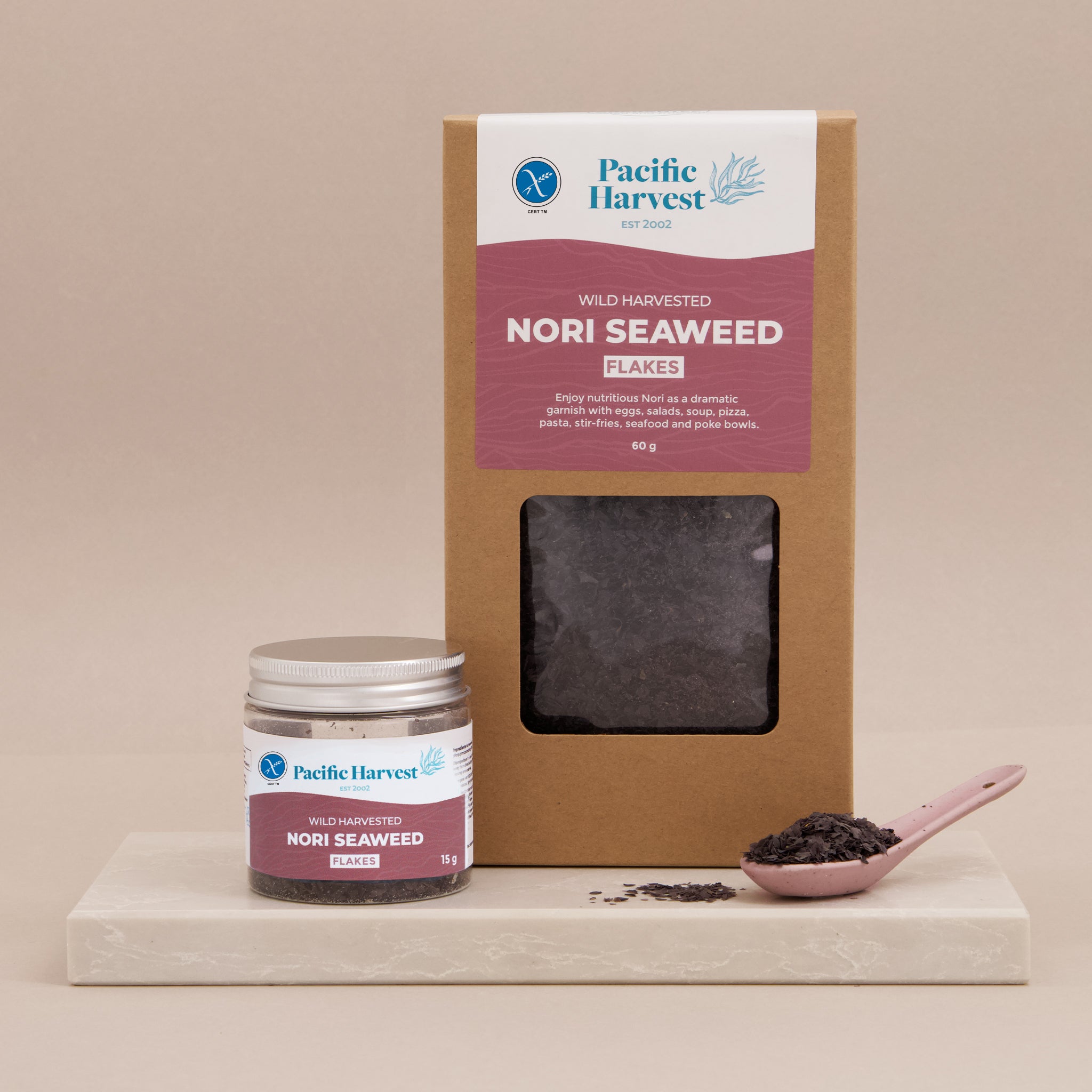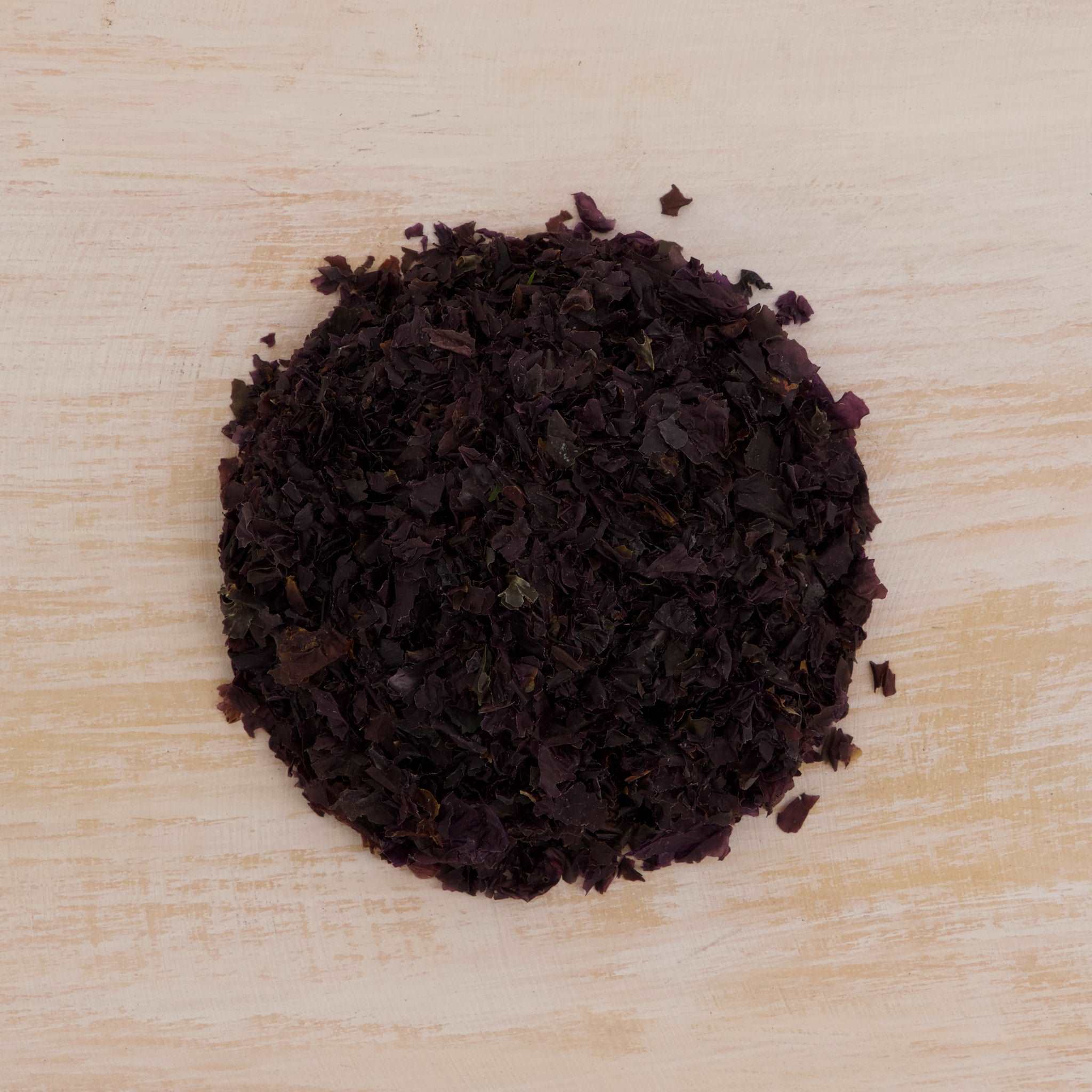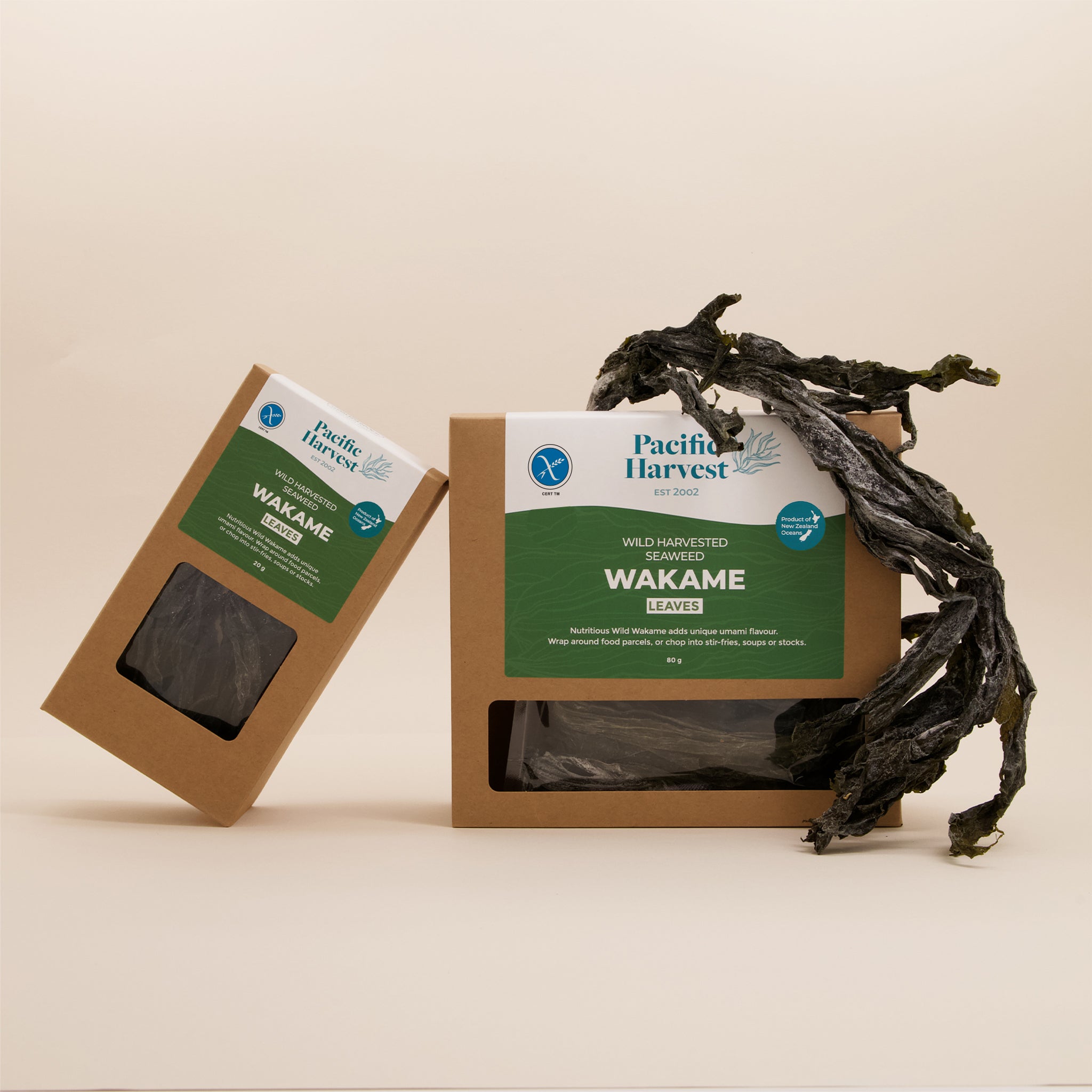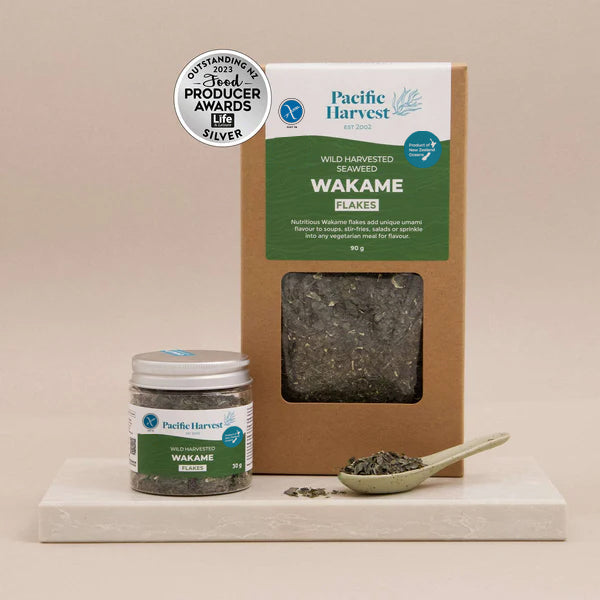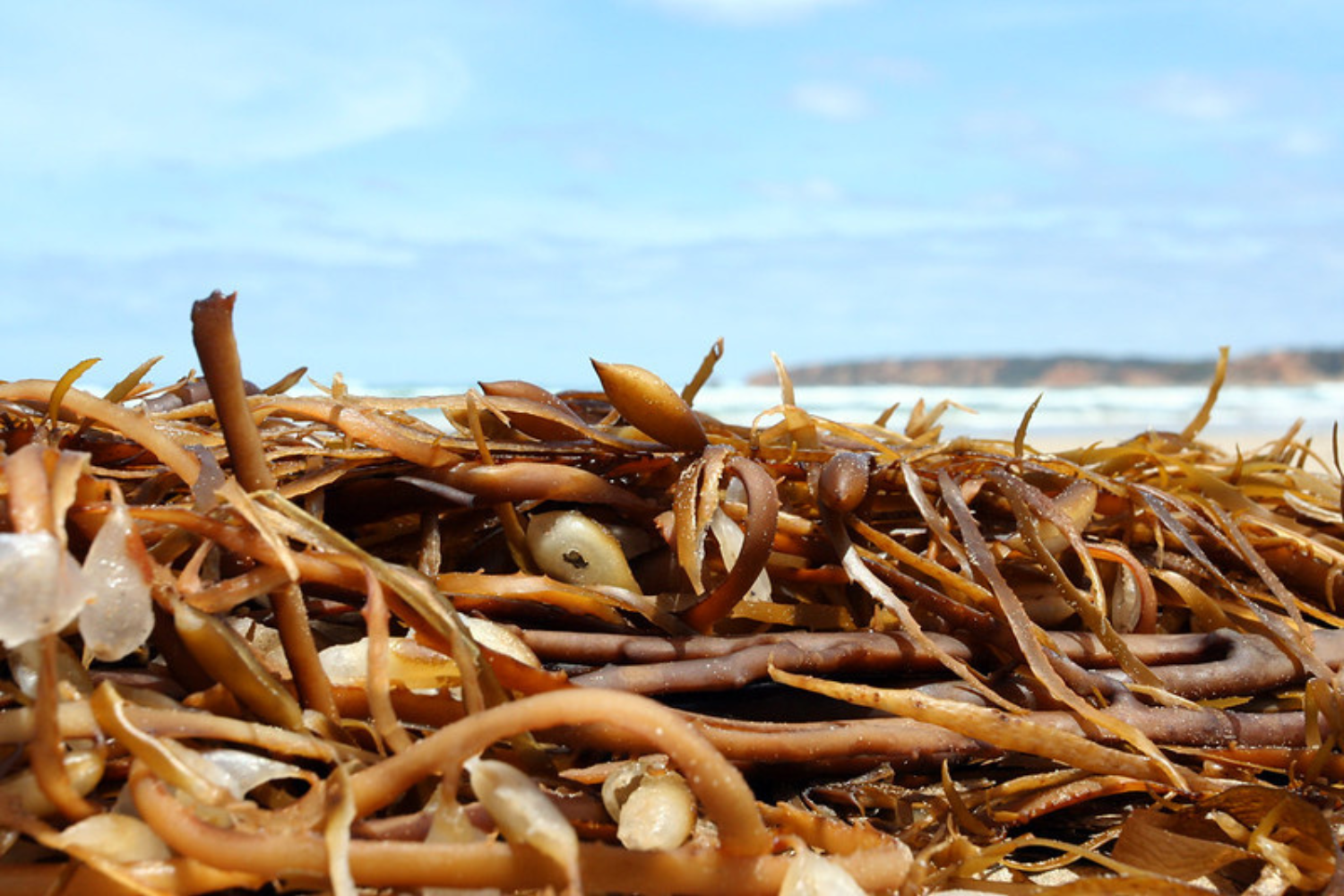Learn about seaweed's power to heal us, and our planet, as well as it's wonderful culinary applications.
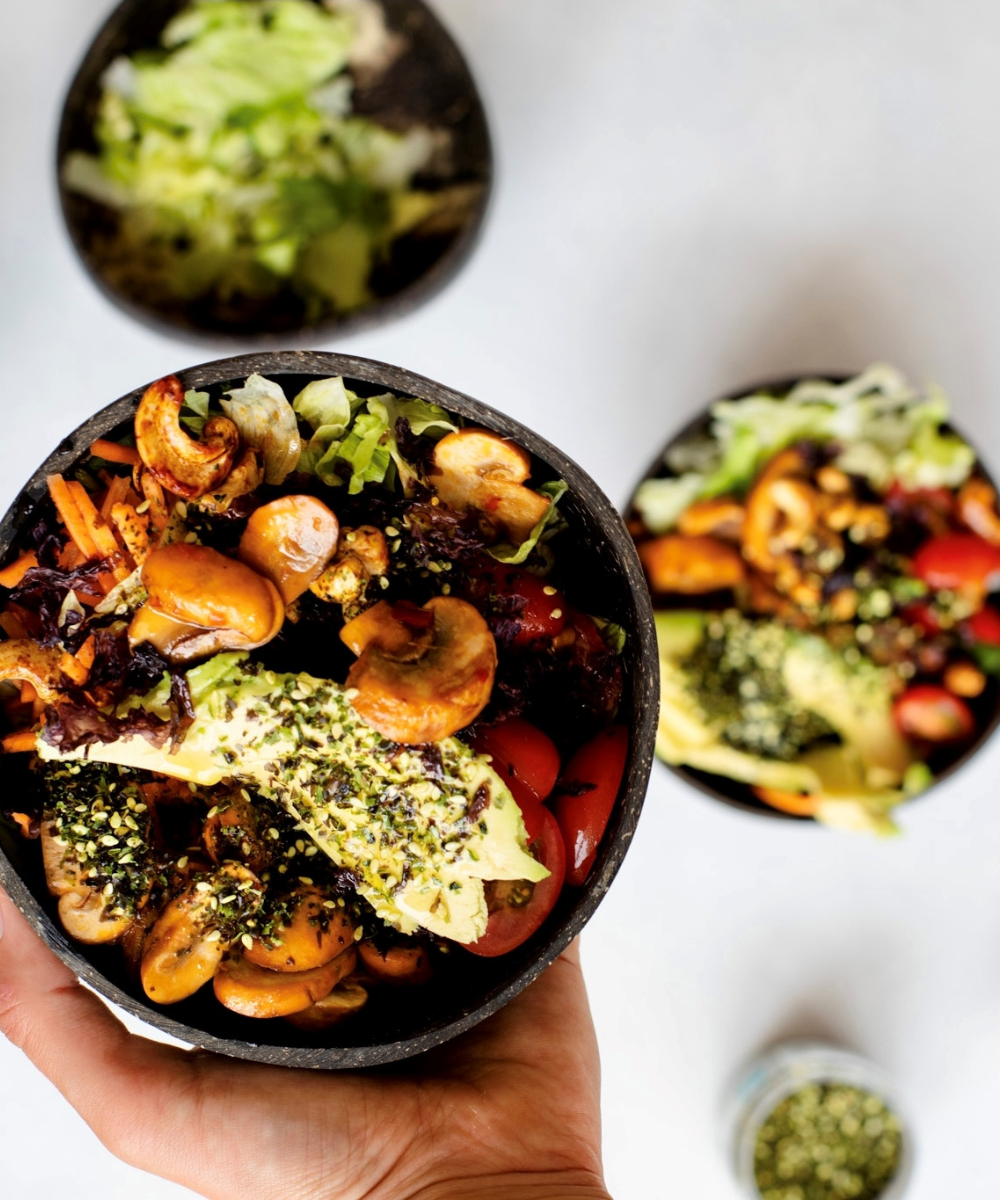

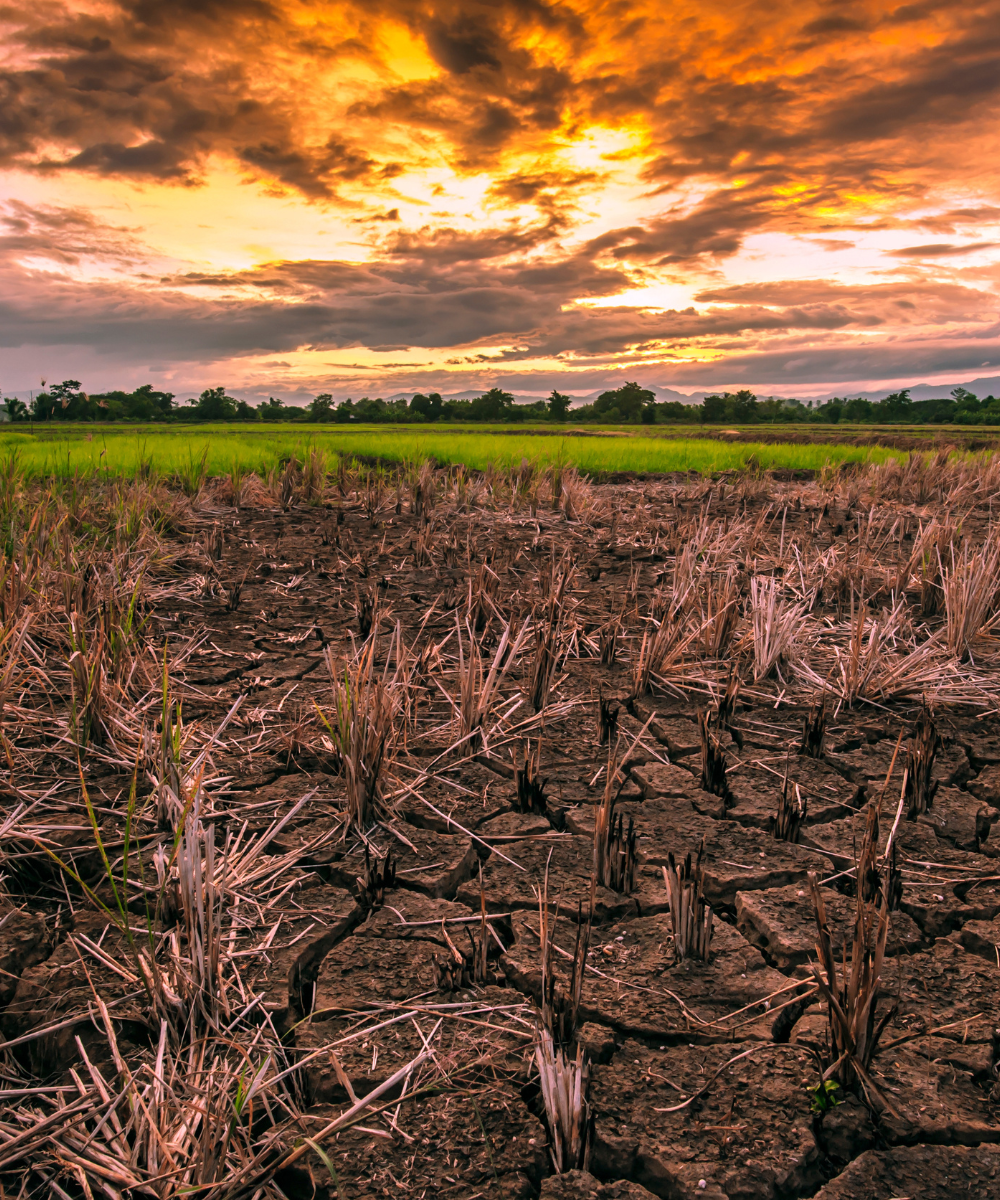
Our soils no longer contain the essential nutrients and trace elements we need for optimal human health because of decades of poor farming practices.
Essential minerals such as iodine and selenium are simply not present in soils.
Humans need to eat food from the ocean to access these essential minerals in their food.
Reduce the environmental impact associated with growing, producing, transporting, and storing your food by adding a little seaweed to everyday meals.
Algae created us, sustains us, and if we are both clever and wise, they can help save us
What is seaweed?
The term 'weed' does seaweeds a disservice with its negative connotations! Seaweeds (or sea vegetables) is an umbrella term for a group of macroalgae (multicellular organisms) that live in saltwater, brackish water or freshwater.
Whilst seaweeds are the ocean’s equivalent of land plants, there are a number of differences in their physical and chemical makeup when compared to land plants.
Seaweeds come in three colour groups:
Green
Normally found in shallower salt and fresh waters and tend to favour nutrient rich waters. Sea Lettuce (also known as Ulva) is a delicious green seaweed which is bursting with nutrients and can be used in lots of ways in the kitchen.
Brown
Brown seaweeds’ are almost exclusively found in salt waters, and prefer colder temperatures. Kelp (some can grow up to 60m long), Kombu, Sea Spaghetti, and Wakame are popular edible brown seaweeds.
Red
Typically ‘red seaweeds’ live at the deeper depths (up to 250m) and mostly prefer warmer waters. Examples of popular edible red seaweeds are Nori (used in sushi), Dulse, Irish Moss, Sea Chicory and Agar.
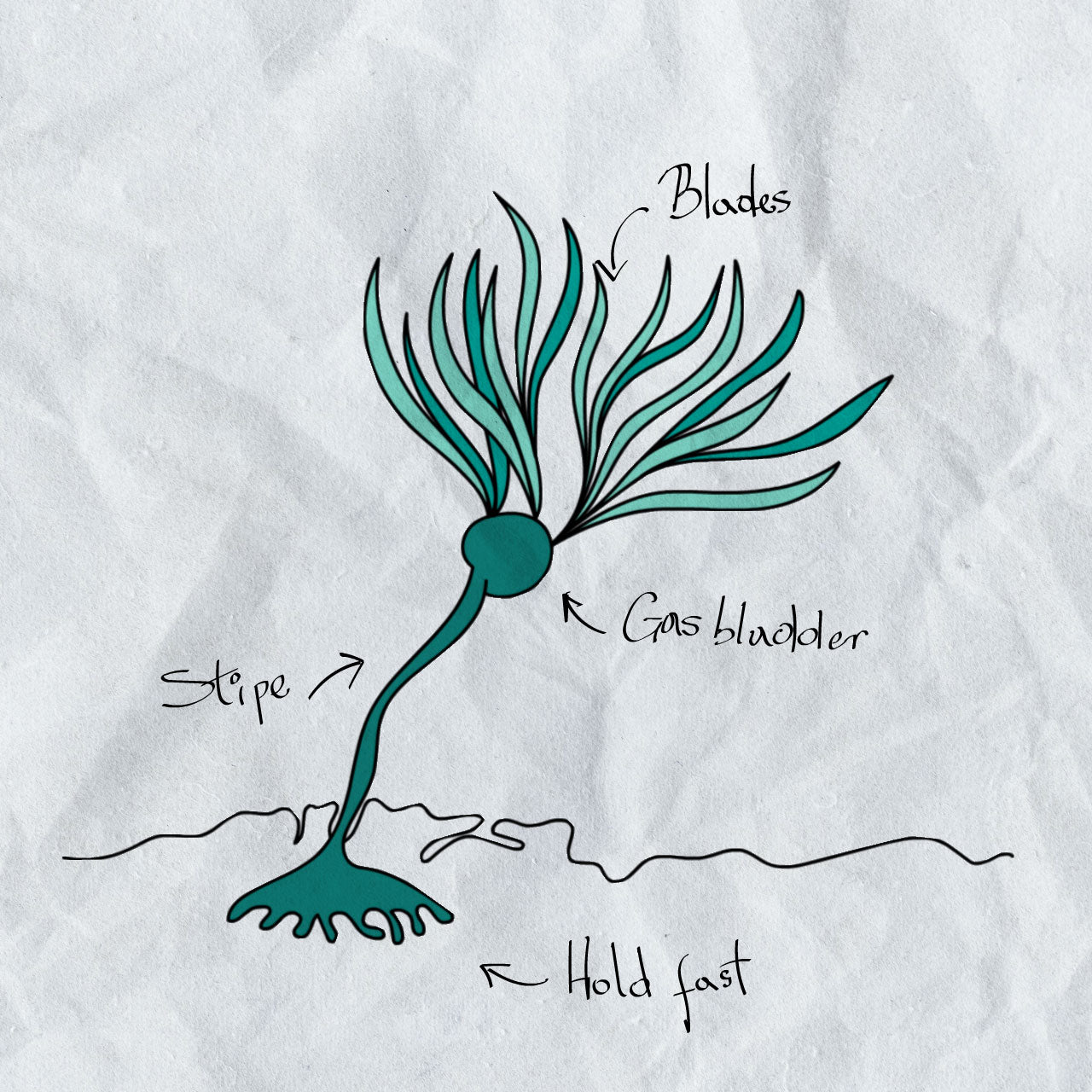
How to easily add a variety of seaweed colours to your diet
Read moreSea Lettuce - grassy, sorrel like and mildly peppery
- Make salsas & pesto.Serve with corn chips
- Sprinkle as a garnish on grains, potato dishes or seafood
- Add to butter and spreads
- Use instead of parsley
- Add to salads, stirfries, soups & baking.
- Kelp & Kombu – meaty/umami
- Wakame – oyster like,delicate but strong flavour
- Sea Spaghetti – briny. will take on flavour of what it is soaked in.
- Drink miso soup
- Use Sea Spaghetti instead of noodles in or as an ingredient in salads
- Use Kelp or Kelp Salt instead of regular salt or seasoning during cooking
- Use our artisan kelp range as a marinade or rub on meats
- Soak Kombu Strips or leaves when cooking beans & pulses
- Make seaweed stock with Kombu
- Use Wakame as an alterative to green vegetables in bakes, lasagnas or stirfries
- Add Kelp to smoothies
- Nori - mushroom/tea like flavour. More fishy when moist, nutty when roasted.
- Dulse - salty, smoky, 'vegan bacon'
- Agar - odourless, colourles
- Irish Sea Moss - ocean flavour. Rinse to minimise.
- Sea Chicory - neutral.
- Eat raw nori fronds straight from the bag
- Add nori as a vegan alternative to anchovy
- Make your own sushi sheets at home using raw Nori
- Add Dulse to soups, pesto, savoury baking. Pairs beautifully with egg.
- Add Dulse, Irish Moss to smoothies.
- Sprinkle Nori on rice dishes
- Use Agar or Irish Moss as a vegan alternative to gelatine
- Use Agar as a vegan alternative to egg white.
- Use Sea Chicory as a garnish or salad ingredient
- Make custard and deserts using Agar, Irish Moss and Sea Chicory
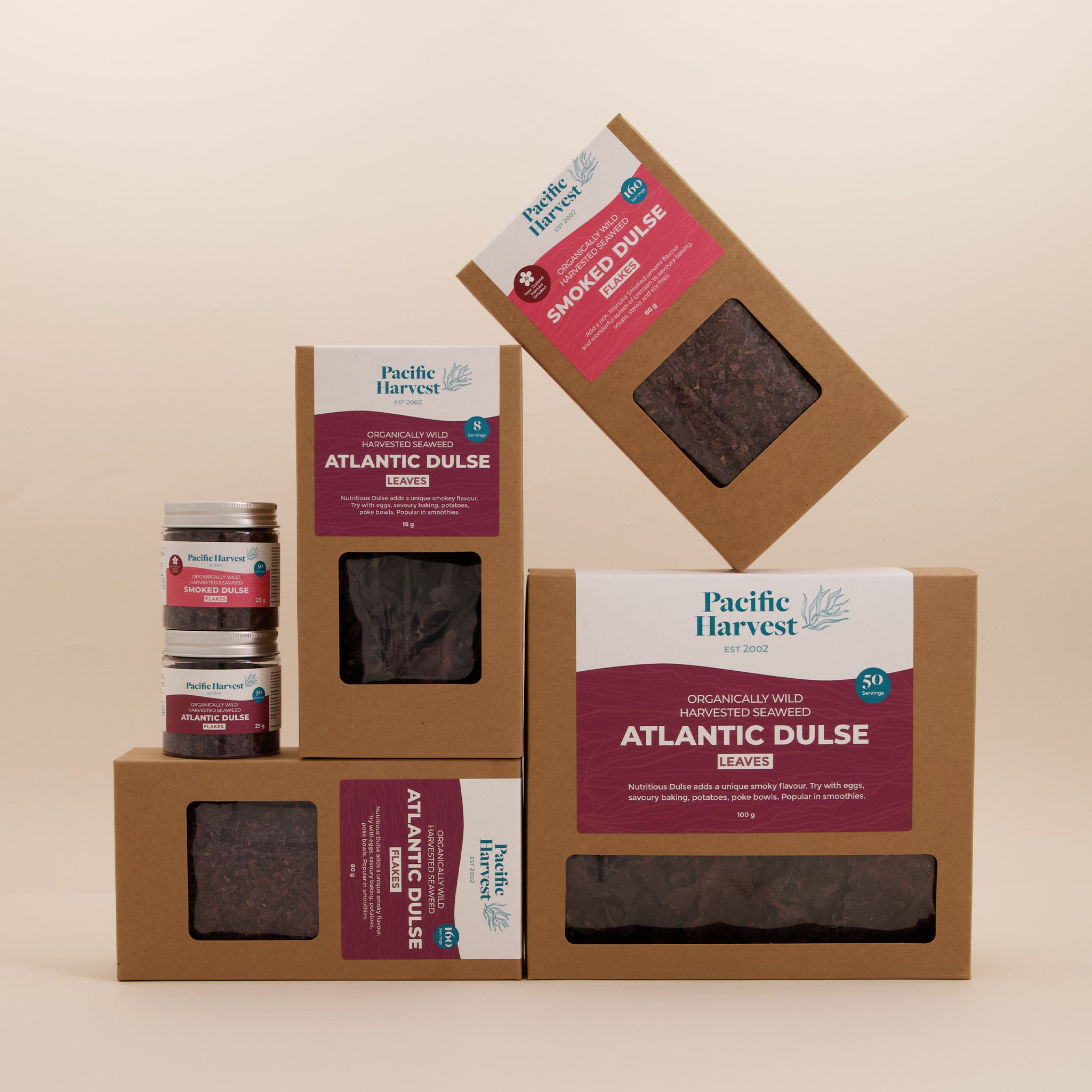
Stockists
We're grateful for the support of a growing network of stockists. See who is local to you.
View stockists